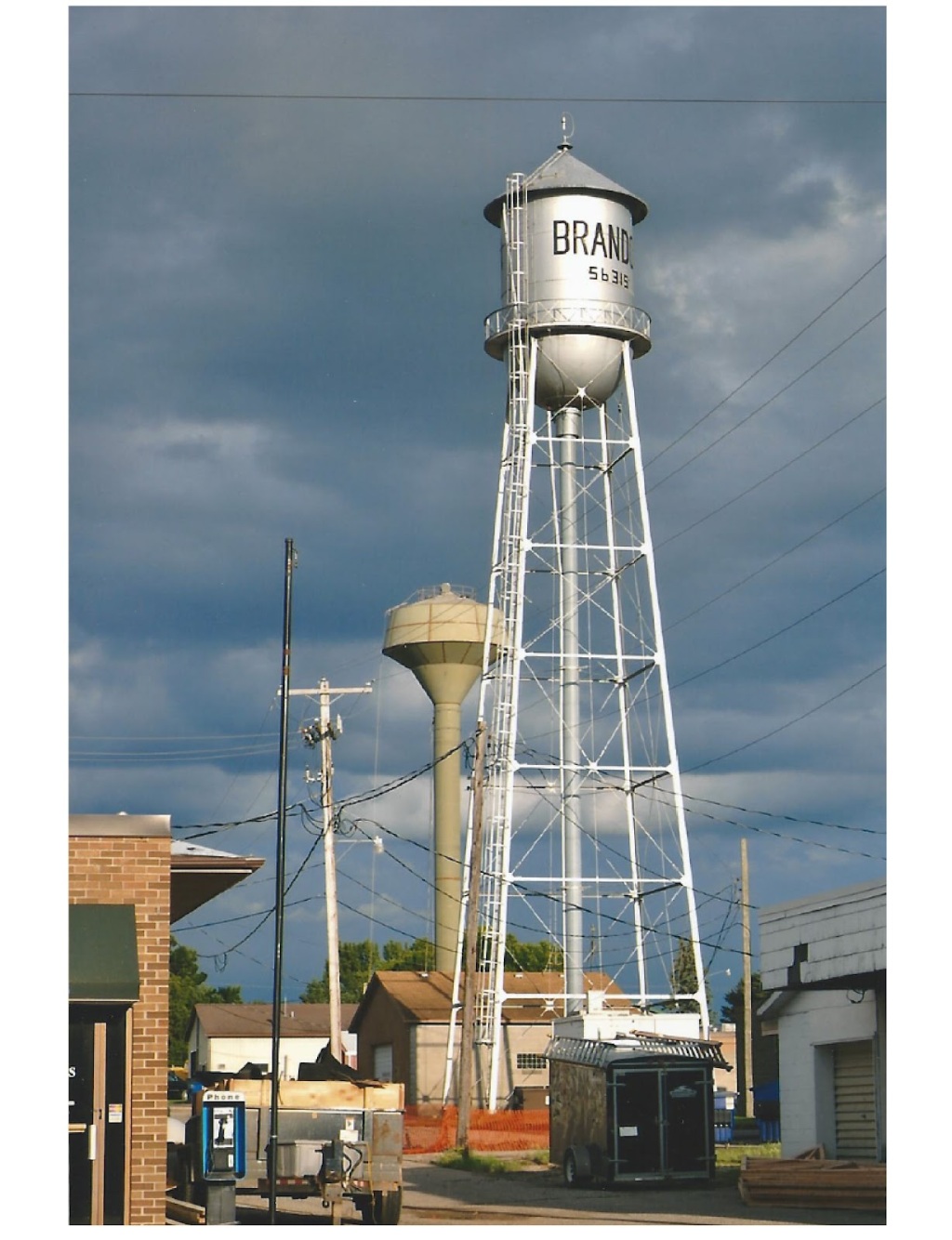Water towers, once towering symbols of urban infrastructure and progress, now stand as forgotten sentinels overlooking the ever-changing landscapes of our cities. These abandoned giants, often left to decay in silence, hold a unique allure for urban explorers seeking to uncover the hidden stories they tell. With their intriguing architecture and mysterious interiors, abandoned water towers offer a glimpse into a bygone era and the changing needs of our modern society.
The history behind these structures is fascinating. Originally built in the late 19th and early 20th centuries, water towers served as vital components of municipal water supply systems. Rising above rooftops, they stored large quantities of water at an elevated height to ensure consistent pressure throughout city plumbing systems. Their prominent positions made them both functional and aesthetic additions to urban skylines.
Over time, however, technological advancements rendered many older water towers obsolete. As new methods for pressurizing water emerged, these towering behemoths lost their purpose but retained their architectural significance. Today, they serve as reminders of a different era while also providing opportunities for exploration and preservation.
One such example is the Old Mill Water Tower located in Boston’s historic Dorchester neighborhood. This tower was constructed in 1869 and remained operational until the mid-20th century when it was decommissioned due to changes in local infrastructure needs. Despite its abandonment, this landmark continues to captivate passersby with its elaborate brickwork and conical shape.
Inside these abandoned structures lies another world waiting to be discovered by intrepid explorers. Ascending creaky stairs that have weathered decades of neglect leads visitors into darkened reservoirs where sunlight filters through cracks between bricks or beams overhead illuminate rusting metal surfaces with eerie beauty.
Abandoned water towers also attract artists who use their decaying walls as canvases for vibrant murals or thought-provoking installations. The juxtaposition of art against industrial decay creates a dialogue between past and present, reminding us of the transformative power of creativity.
While exploring these forgotten landmarks can be exhilarating, it’s essential to approach them with caution. Many abandoned water towers are located on private property or in unsafe conditions. It is crucial to respect the wishes of property owners and exercise responsible exploration practices to ensure personal safety and preserve the integrity of these structures.
The allure of abandoned water towers extends beyond their architectural value. They serve as tangible links to our urban past, offering a glimpse into how cities have evolved over time. Through their preservation and exploration, we gain a deeper understanding of our collective history while also celebrating the beauty found in decay.
In an era where modernization often results in the demolition or repurposing of historic structures, abandoned water towers offer a unique opportunity for preservationists and enthusiasts alike. By promoting awareness about these forgotten giants through articles like this one, we can foster appreciation for their significance and inspire others to explore and protect them.
As urban explorers venture inside these towering sentinels armed with cameras and curiosity, they become storytellers themselves. Each photograph captures a moment frozen in time—a testament to human ingenuity now overshadowed by progress. And as long as there are intrepid souls seeking out the untold stories hidden within decaying walls, these abandoned water towers will continue to stand tall as silent witnesses to our ever-changing world.

Leave a comment